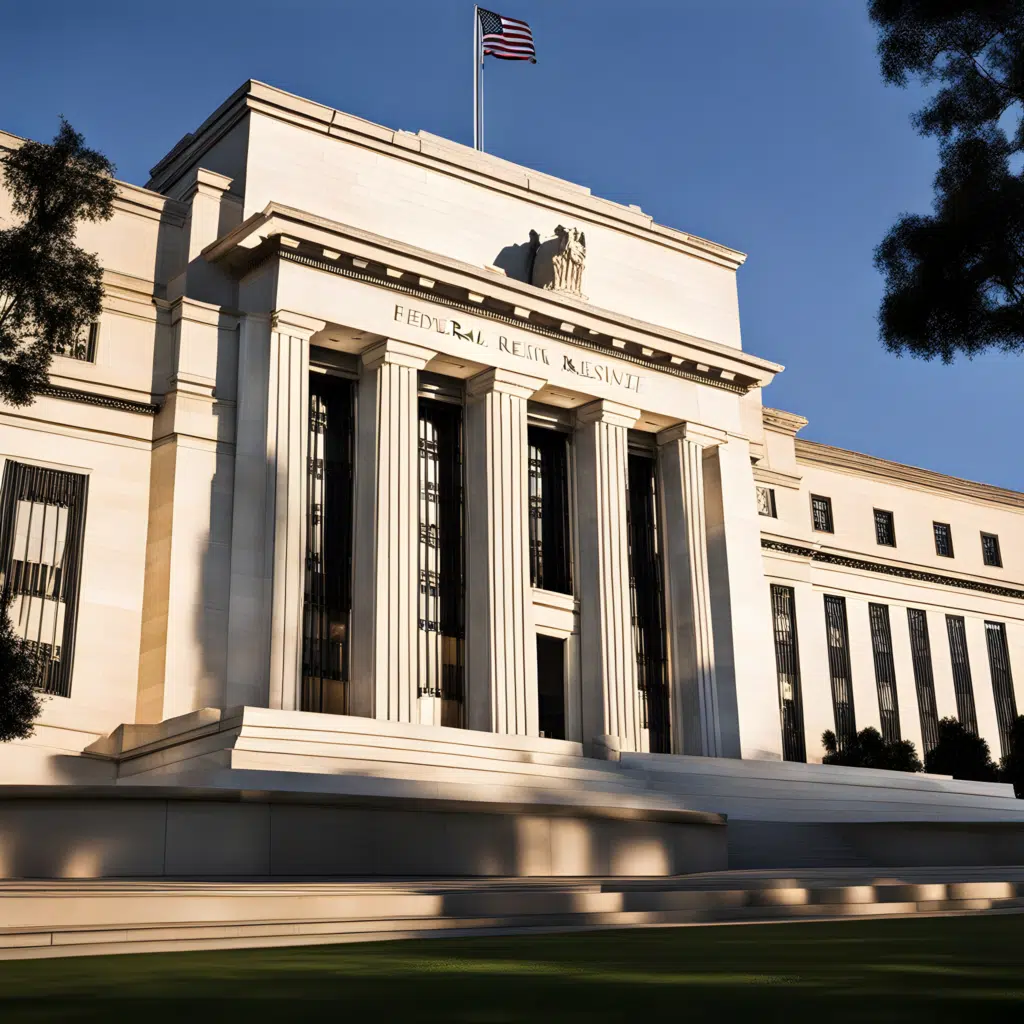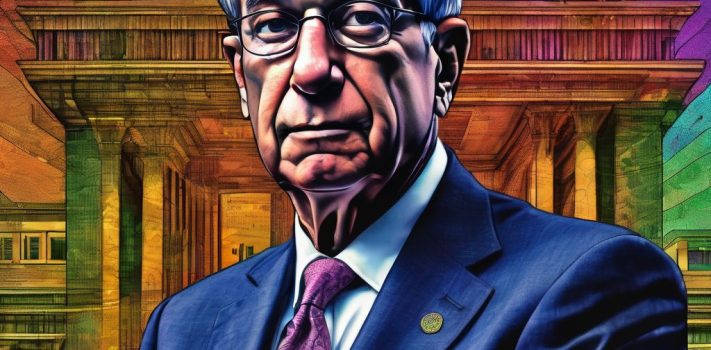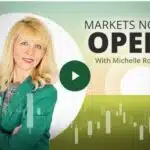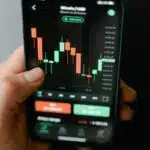FED raises benchmark interest rate 25bps

Benchmark rate now at 5.25%
The Federal Reserve raised interest rates by a quarter percentage point and hinted it may be the final move in the most aggressive tightening campaign since the 1980s as economic risks mount.
“The committee will closely monitor incoming information and assess the implications for monetary policy,” the Federal Open Market Committee said in a statement Wednesday. It omitted a line from its previous statement in March that said the committee “anticipates that some additional policy firming may be appropriate.”
Instead, the FOMC will take into account various factors “in determining the extent to which additional policy firming may be appropriate.”
The Fed raised its benchmark federal funds rate to a target range of 5% to 5.25%, the highest level since 2007, from nearly zero early last year. The vote was unanimous. US equities maintained gains, while Treasury yields and the dollar declined.
Chair Jerome Powell in a press conference to explain the decision and the Fed’s outlook. Policymakers aim to ensure inflation continues to decelerate, potentially affecting employment, while the banking system endures ongoing stress, lawmakers step up criticism, and the latest data suggest emerging weakness in the labor market.
The FOMC statement said, “Tighter credit conditions for households and businesses are likely to weigh on economic activity, hiring, and inflation.” It added that the extent of these effects remains uncertain, and the committee remains highly attentive to inflation risks.
To curb the highest inflation rates in decades, rapid tightening over the last year put pressure on financial institutions, leading to the largest bank failures since 2008. In March, California’s Silicon Valley Bank and New York’s Signature Bank went under amid heavy deposit outflows, prompting the Fed to launch an emergency lending facility aimed at shoring up confidence in the banking system.
Although the emergency measures quelled market turmoil, allowing the Fed to continue its battle against inflation, strains have resurfaced. On Monday, JPMorgan Chase & Co. agreed to acquire the troubled First Republic Bank in a government-brokered deal, and shares of other regional lenders plunged on Tuesday, raising fresh questions about how long policymakers will be able to maintain interest rates at elevated levels.
The FOMC reiterated in its statement on Wednesday that “the US banking system is sound and resilient.” Tuesday also saw the release of a monthly Labor Department report showing job openings fell, and layoffs jumped in March, indicating that the job market is finally beginning to feel the impact of monetary tightening.
Washington is ringing alarm bells as prospects of rising unemployment loom ahead of the 2024 presidential election campaign. A group of US senators led by Elizabeth Warren and Bernie Sanders published a letter to Powell on Monday, urging him to cease rate hikes.
Although the Fed may be finished raising rates, Powell and his colleagues have pledged to keep them elevated for a time to ensure the central bank’s preferred measure of inflation continues receding toward the 2% target. Projections published after the March FOMC meeting showed officials were almost unanimous in expecting it would be appropriate to maintain the federal funds rate above 5% through the end of 2023.
Inflation which had shown signs of decreasing, over the winter, now appears to be at best stalling if not on the verge of going back up. Despite the FEDs efforts and attempts to drive it down without driving the economy into the ground right with it. However, with the increased stress on the financial sector, with banks over leveraged and over exposed to rate hikes, the uncertainty of the US Debt limit increase and ability to meet it’s obligations. The policy stance from the FED may become the proverbial self-licking ice cream cone.
The risk of loss in trading futures and/or options is substantial and each investor and/or trader must consider whether this is a suitable investment. Past performance, whether actual or indicated by simulated historical tests of strategies, is not indicative of future results.









